
Kindergarten Curriculum
In Kindergarten at our school, students are immersed in a joyful, print-rich environment where they begin to see themselves as confident readers and writers from the very first day. Teachers thoughtfully design each space to spark curiosity and encourage engagement, with walls lined with familiar sight words, interactive word walls, and cozy book nooks that invite exploration. Through daily read-alouds, shared reading, guided reading, independent reading, and hands-on literacy centers, children internalize the rhythms of language, build phonological awareness, and develop a strong foundation in letter-sound relationships and high-frequency word recognition. They learn that print carries meaning, that stories have structure, and that books are not only tools for learning but also treasures to enjoy.
As the year unfolds, Kindergarten becomes a true community of readers and writers. Students connect deeply with characters, cheer for their favorites, and fall in love with the voices of beloved authors and illustrators. They engage in thoughtful conversations that compare characters' experiences, retell events in detail, and explore descriptive language. With growing independence, they learn to use text features to navigate nonfiction books, distinguish between fact and opinion, and build knowledge about the world around them. Whether reading a silly rhyming story or diving into a nonfiction book about sea turtles, students come to appreciate the power of books to entertain, inform, and inspire.
Writing, too, becomes a natural part of the Kindergarten day. Children write for real purposes and audiences—crafting stories with clear sequences, sharing opinions backed by reasons, and recording fascinating facts about classroom topics. With guidance, they plan, revise, and present their ideas, often pairing their work with drawings, captions, and multimedia elements. By spring, these young learners speak and write in complete sentences, use grade-appropriate grammar and vocabulary, and take pride in their polished work. Most importantly, they leave Kindergarten with a strong sense of identity as readers, writers, and thinkers—ready to carry their love of learning into every chapter ahead.
Skills & Understandings:
- Demonstrate understanding of print concepts, including how books are organized and how print carries meaning
- Develop phonological awareness, including identifying rhymes, syllables, and individual sounds in spoken words
- Recognize and read grade-level high-frequency words with automaticity to build reading fluency
- Retell stories using key elements such as characters, setting, and major events, and retell informational texts using topic and supporting details
- Describe characters, settings, and events, and compare and contrast characters' experiences across different stories
- Identify the roles of the author and illustrator and begin to understand how their choices shape meaning
- Use text features like titles, headings, and illustrations to make predictions and confirm understanding of a text’s topic
- Identify the topic and supporting details in informational texts, and distinguish facts from opinions
- Explore descriptive words and academic vocabulary in texts, asking and answering questions to build word knowledge
- Use drawing, dictating, and writing to express ideas—narrating events in order, sharing opinions with reasons, and presenting factual information
- Print many upper- and lowercase letters and apply grade-level conventions for grammar, punctuation, capitalization, and spelling
- Plan, revise, and edit work with guidance, strengthening both written and oral expression
- Present ideas clearly in speech and writing, using complete sentences, appropriate vocabulary, and multimedia elements when relevant
Kindergarten is a critical year in which students begin building the mathematical thinking and number sense that will support all future learning. Through structured, engaging activities, children develop a solid understanding of counting by working with objects, reciting numbers to 100, and beginning to recognize place value. They are introduced to the concepts of addition and subtraction using one-digit numbers and learn to represent and solve simple equations while developing a clear understanding of the equal sign. Students explore measurable attributes by comparing the length, weight, and size of everyday objects, laying important groundwork for later work in measurement. In geometry, they identify and describe both two- and three-dimensional shapes and begin composing them to understand how shapes relate to one another. Kindergarteners also collect, represent, and compare data, building early analytical thinking skills. This foundational year is filled with meaningful learning experiences that nurture confidence, precision, and a strong sense of how mathematics helps us make sense of the world.
Skills & Understandings:
- Demonstrate 1:1 matching when counting objects within a set
- Develop an understanding of the terms greater than, less than, and equal to
- Count and skip-count up to 100
- Demonstrate an understanding of addition and subtraction using one-digit whole numbers
- Represent and solve addition problems with sums up to ten and subtraction problems using related facts
- Develop an understanding of the equal sign
- Identify and compare attributes of objects through matching, sorting, and classifying tasks
- Identify, compare, and compose two- and three-dimensional figures
- Tell time to the hour and identify coins and values
- Develop an understanding of how to collect, represent, and compare data
In the Connell Family Wonder Lab—known as The Wonder Lab—kindergarten students engage in rich, hands-on investigations that cultivate curiosity, critical thinking, and problem-solving skills while aligning with the Next Generation Science Standards (NGSS) and the ISTE Standards for Technology.
Through experiments with sunlight, students observe how the sun warms the Earth’s surface and design structures to reduce that warming. While exploring motion, they discover how the strength and direction of pushes and pulls affect objects, laying a foundation for physical science understanding. As budding life scientists, they investigate what plants and animals need to survive and construct arguments about how organisms—including humans—change their environments to meet those needs. By examining habitats and asking why animals live in specific places, students model the relationship between living things and their environments and communicate ideas about how humans can reduce their impact on natural systems.
In studying local weather, students make and share observations to recognize patterns over time and ask questions that highlight the importance of forecasting for safety. The Wonder Lab also fosters early engineering and digital literacy skills as students define problems, design models to solve them, and analyze the effectiveness of their solutions through testing and comparison.
This vibrant program blends scientific inquiry, creative design, and responsible technology use, giving our youngest learners the foundation for a lifetime of exploration and innovation.
Skills & Understandings:
- Make observations to explore how sunlight warms the Earth's surface
- Use tools and materials to design and build a model that can help block or reduce heat from the sun
- Observe and describe what all living things—like plants, animals, and people—need to survive
- Notice and talk about weather conditions and patterns over time
- Understand how plants, animals, and people can change their environment to get what they need
- Explore how the needs of living things are connected to where they live
- Ask questions to learn how weather forecasts help us get ready for different kinds of weather
- Share ideas for how people can help protect land, water, air, and living things in their community
- Ask questions, observe, and gather information to figure out how to solve simple real-world problems
- Create drawings or simple models to show how an object's shape helps it work to solve a problem
- Test different ideas and compare how well they work to solve the same problem
Kindergarten social studies is a joyful and purposeful journey that helps children begin to understand their place in the world: past, present, and future. Throughout the year, students develop a sense of time by using calendars, sequencing daily events, and creating simple timelines. They listen to and retell stories about real people from the past who showed honesty, courage, and responsibility, including African American inventors and explorers who made lasting contributions to our nation. As they explore national symbols, holidays, and celebrations, students learn to honor the diverse cultures that shape our country and compare our traditions with those around the world. They begin to understand the purpose of rules and laws at home and school, identify those in positions of authority, and learn what it means to be a responsible citizen. Through classroom experiences, they practice making group decisions and come to see patriotism as a sense of allegiance and care for their country.
Students also explore geography by using maps and globes, identifying land and water features, learning their addresses, and recognizing how people, places, and environments are connected. They observe seasonal weather changes and understand how weather affects daily life. Finally, students build early economic awareness by distinguishing between needs and wants, recognizing forms of money, and learning that people work to earn money to buy the things they need. These essential lessons spark curiosity, build community awareness, and lay the foundation for active, informed citizenship in the years ahead.
Skills & Understandings:
- Learn how to use and create simple timelines to understand the order of events
- Discover why we celebrate holidays and how they help us remember important people and events
- Compare American holidays with those celebrated in other cultures and countries
- Listen to and retell stories about historical figures who showed honesty, courage, and responsibility
- Recognize important U.S. symbols like the flag, the eagle, and the national anthem
- Use words like “first,” “next,” and “last” to describe the order of daily and historical events
- Understand how calendars show the days of the week and months of the year
- Learn that maps and globes are models that help us find places, using terms like north, south, east, and west
- Tell the difference between land and water on simple maps and globes
- Know personal information like home address, city, and state
- Observe how the weather changes with the seasons and affects what we do and wear
- Talk about different jobs people do and the tools they use, and how money is used to buy things we need (like food) and want (like toys)
- Understand why rules and laws are important at school and home
Schedule a Tour
Come see for yourself why SJEDS is an investment in a brighter future.




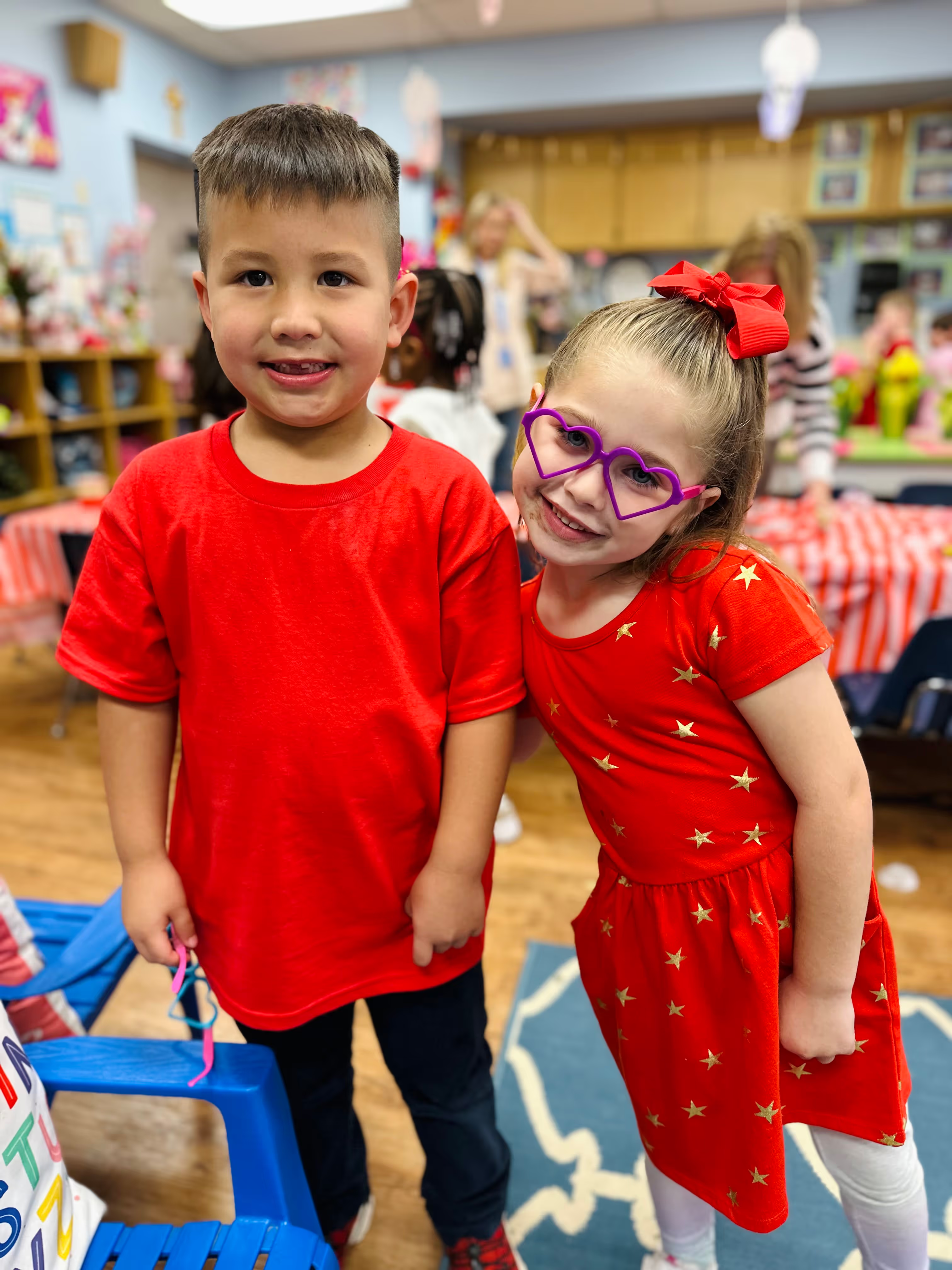
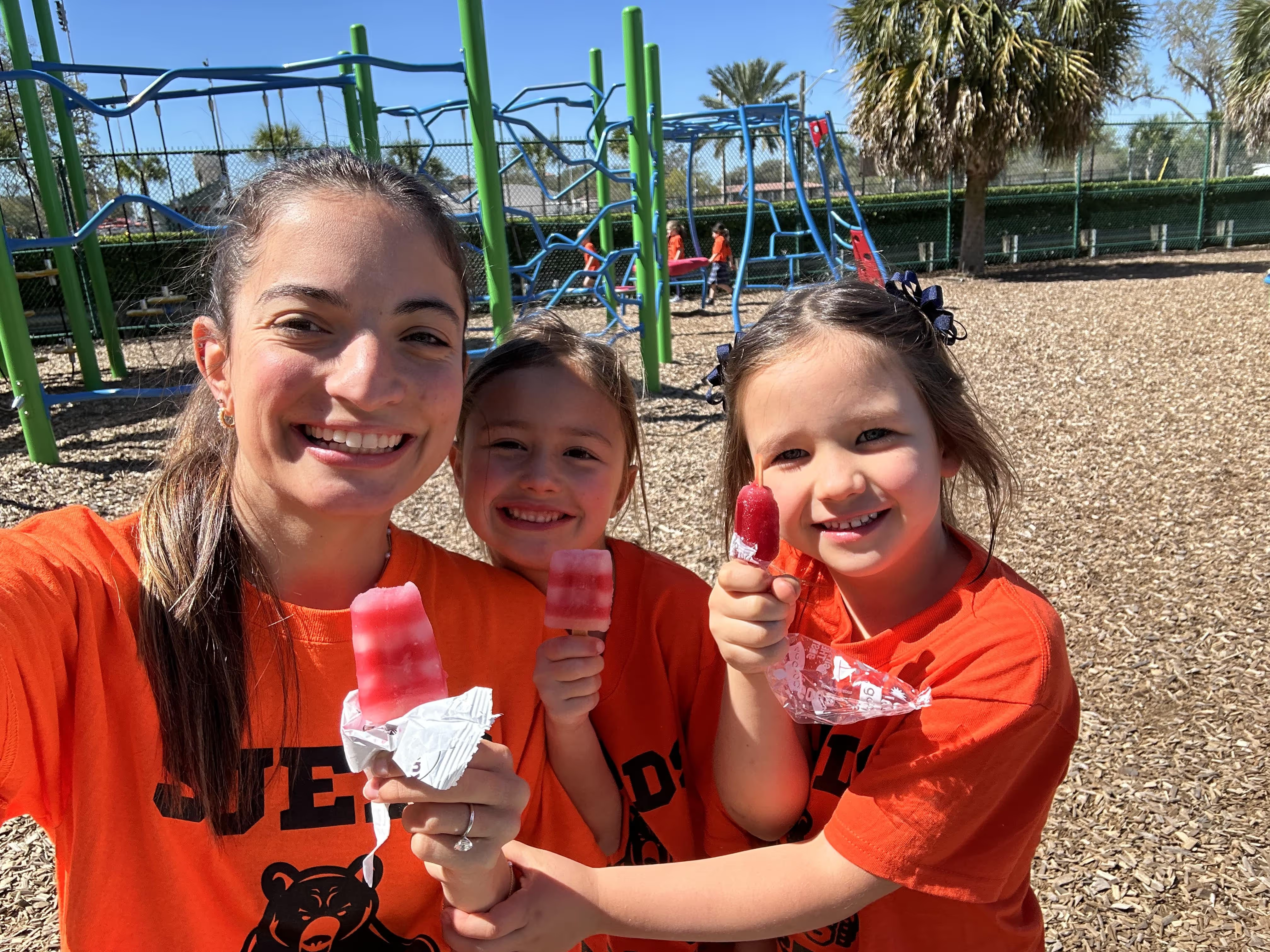
-min.avif)
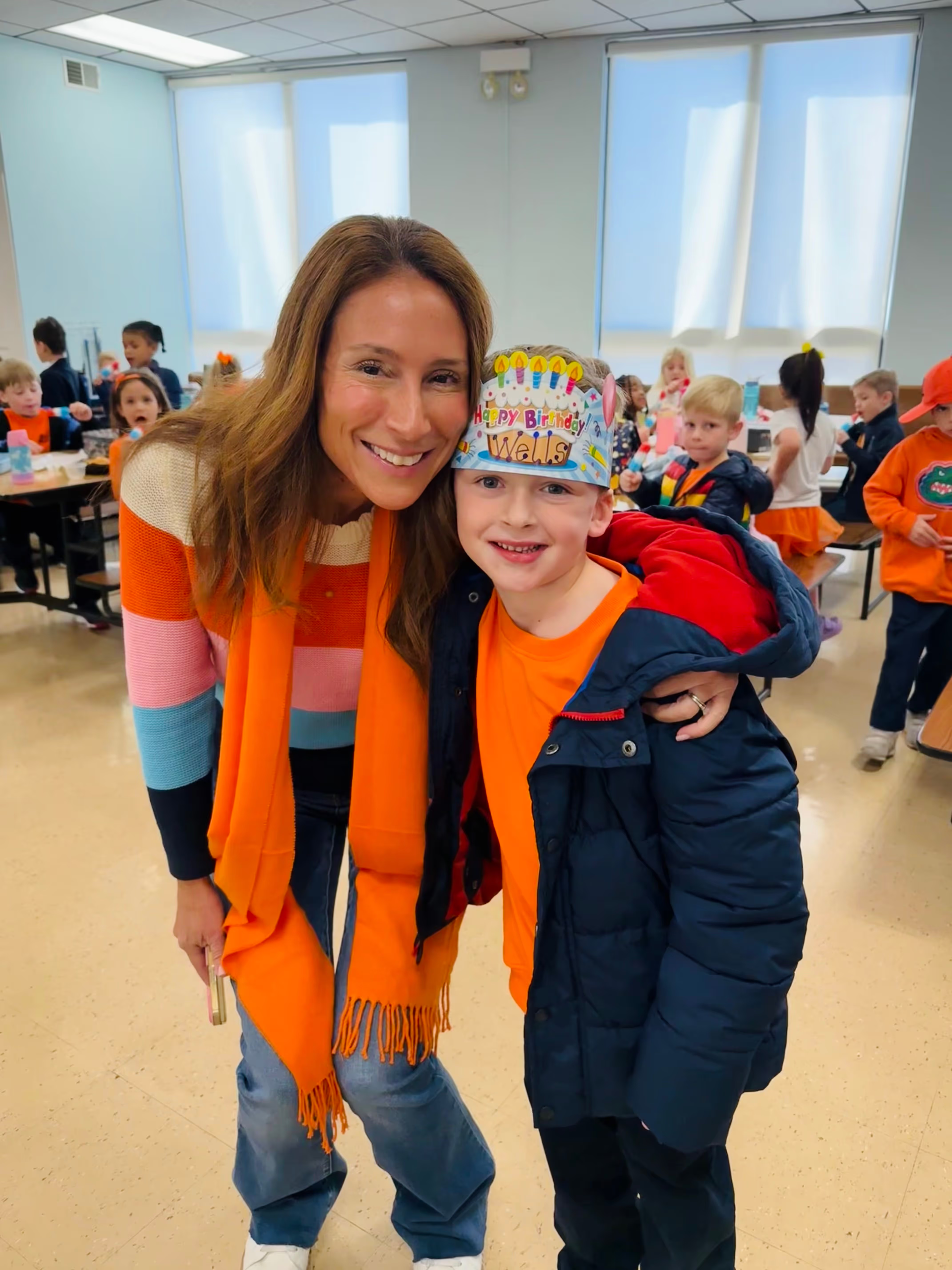
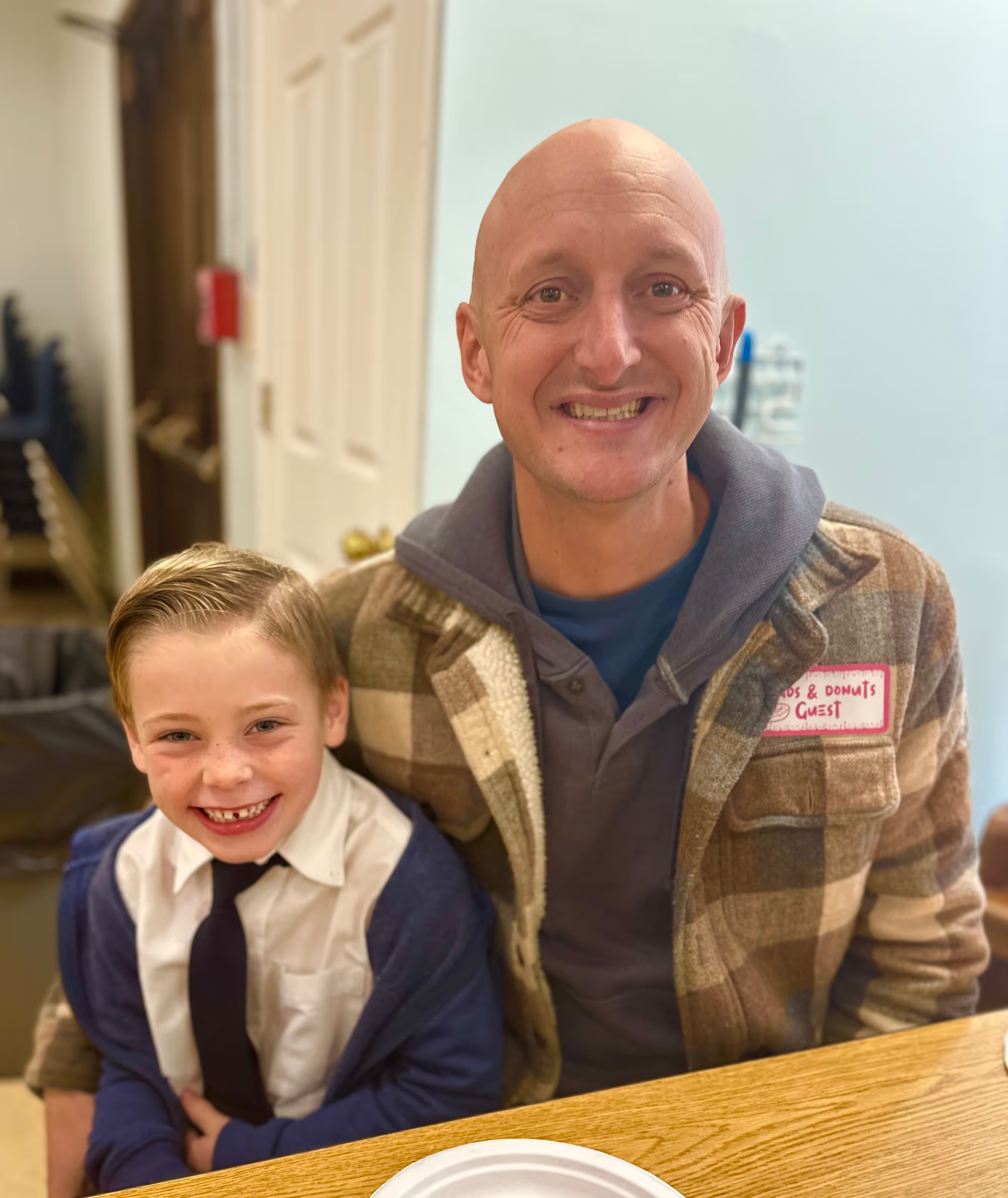
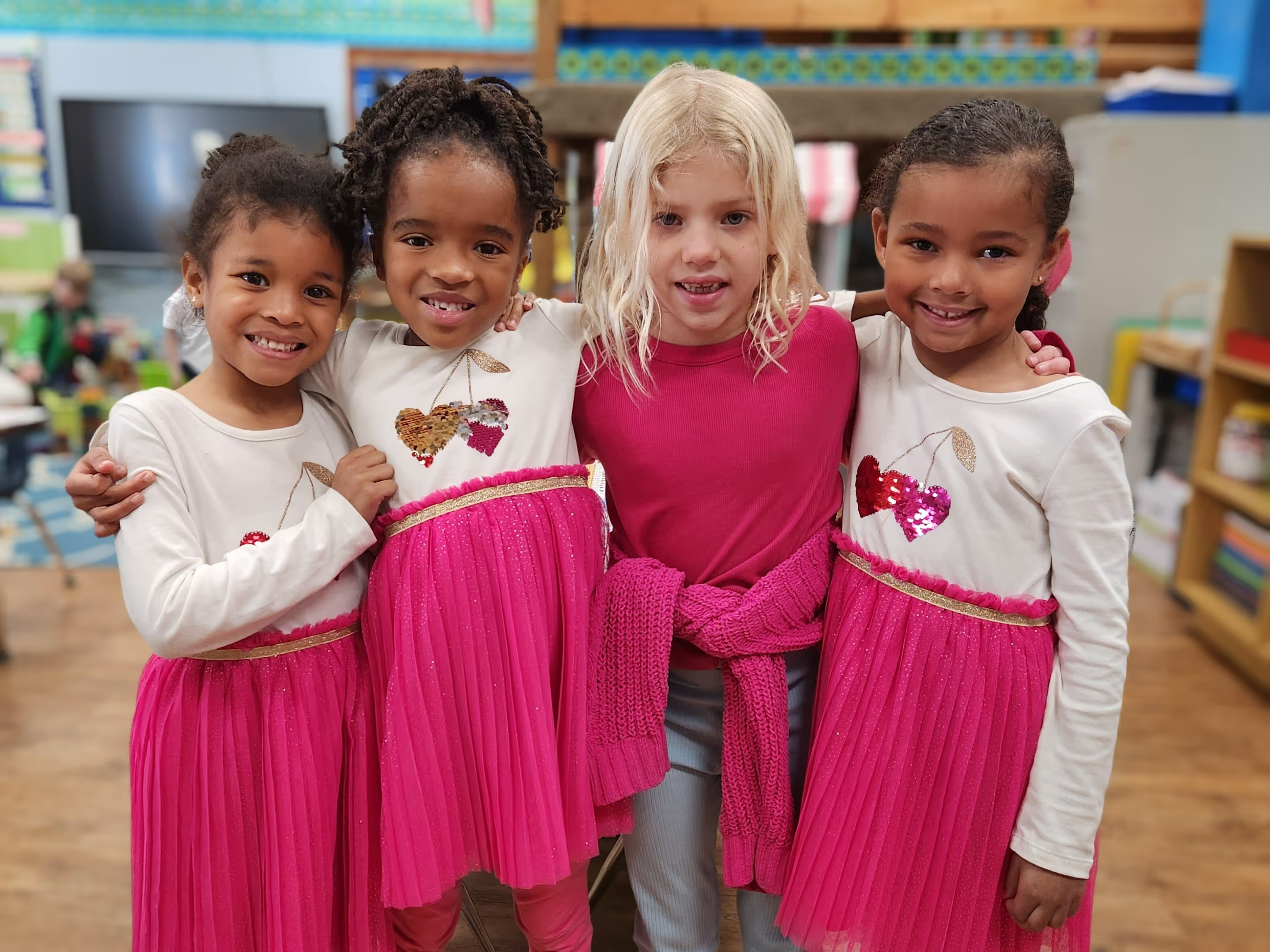

-min.avif)
